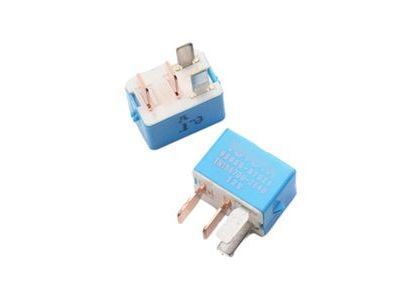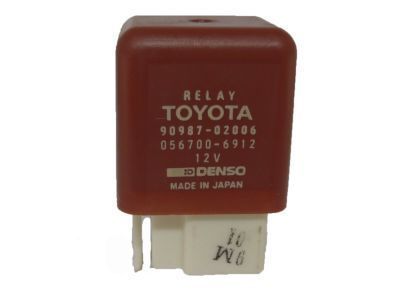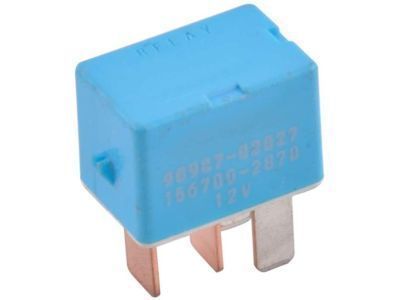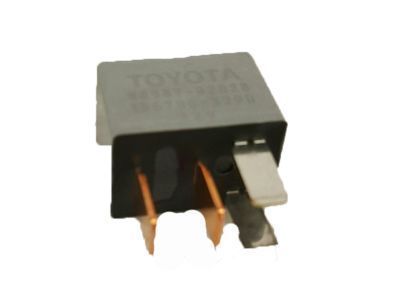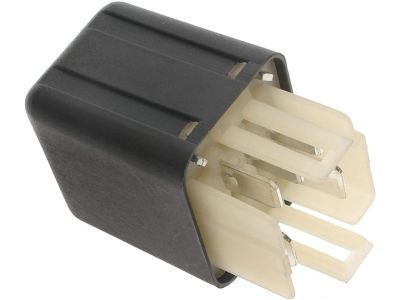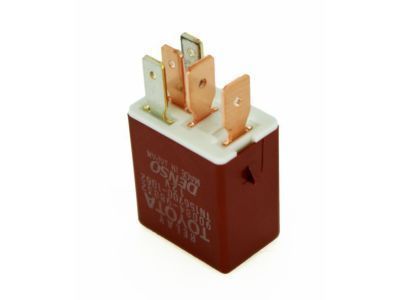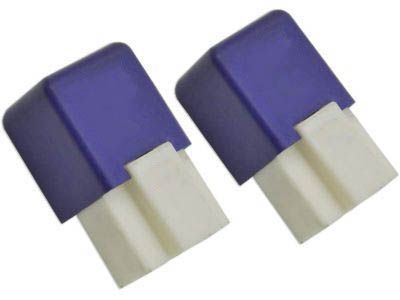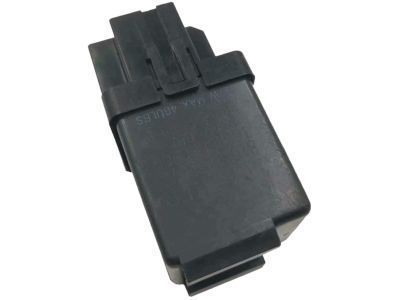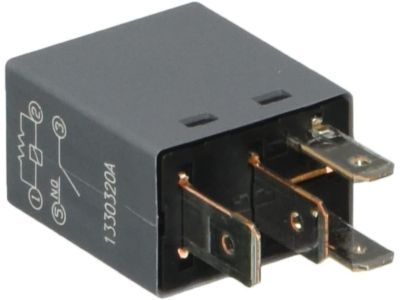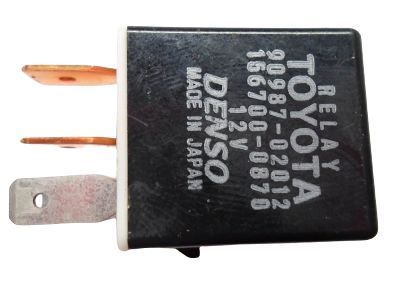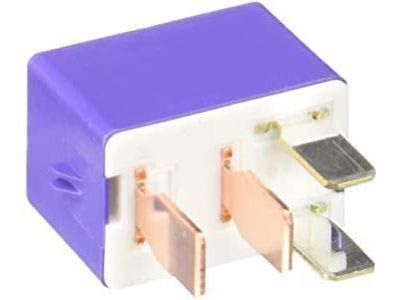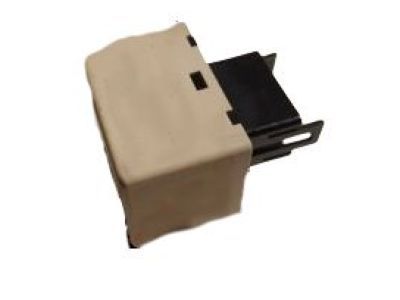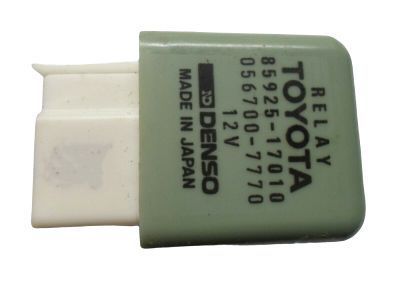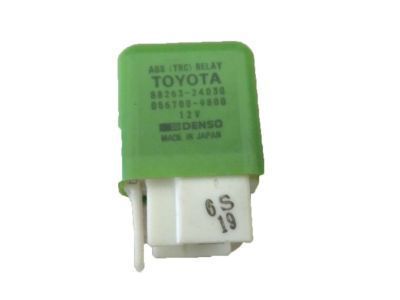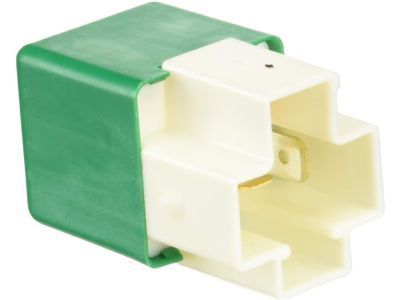×
- Live Chat
- 1-888-905-9199


My Garage
My Account
Cart
Genuine Toyota Sienna Relay
Wire Relay- Select Vehicle by Model
- Select Vehicle by VIN
Select Vehicle by Model
orMake
Model
Year
Select Vehicle by VIN
For the most accurate results, select vehicle by your VIN (Vehicle Identification Number).
54 Relays found
Toyota Sienna Relay Assembly
Part Number: 90987-02006$16.04 MSRP: $22.42You Save: $6.38 (29%)Ships in 1-3 Business DaysToyota Sienna Relay
Part Number: 90987-02027$21.90 MSRP: $30.60You Save: $8.70 (29%)Ships in 1-3 Business DaysToyota Sienna Relay Assy, Cooler
Part Number: 90987-02028$78.27 MSRP: $110.33You Save: $32.06 (30%)Ships in 1 Business DayToyota Sienna Relay
Part Number: 90987-04002$16.58 MSRP: $23.18You Save: $6.60 (29%)Ships in 1-3 Business DaysToyota Sienna Relay, Acc
Part Number: 90080-87024$64.82 MSRP: $91.37You Save: $26.55 (30%)Ships in 1-3 Business DaysToyota Sienna Flasher Assy, Turn Signal
Part Number: 81980-32010$53.26 MSRP: $74.45You Save: $21.19 (29%)Ships in 1-3 Business DaysToyota Sienna Relay, Acc
Part Number: 90084-98032$55.36 MSRP: $77.38You Save: $22.02 (29%)Ships in 1-3 Business DaysToyota Sienna Relay Assembly, Starter
Part Number: 28300-10020$70.79 MSRP: $99.79You Save: $29.00 (30%)Ships in 1-2 Business DaysToyota Sienna Flasher Assy, Turn Signal
Part Number: 81980-12070$53.26 MSRP: $74.45You Save: $21.19 (29%)Ships in 1-3 Business DaysToyota Sienna Relay
Part Number: 90987-04004$55.36 MSRP: $77.38You Save: $22.02 (29%)Ships in 1 Business DayToyota Sienna Relay
Part Number: 90987-02025$64.82 MSRP: $91.37You Save: $26.55 (30%)Ships in 1-3 Business DaysToyota Sienna Relay, Acc
Part Number: 90084-98031$89.20 MSRP: $125.73You Save: $36.53 (30%)Ships in 1-2 Business DaysToyota Sienna Relay, Acc
Part Number: 90987-02012$89.20 MSRP: $125.73You Save: $36.53 (30%)Ships in 1-3 Business DaysToyota Sienna Relay Assembly, Starter
Part Number: 28300-0A010$71.10 MSRP: $100.22You Save: $29.12 (30%)Ships in 1-2 Business DaysToyota Sienna Flasher Assy, Turn Signal
Part Number: 81980-02030$58.89 MSRP: $82.32You Save: $23.43 (29%)Ships in 1-3 Business DaysToyota Sienna Relay, Radiator Fan
Part Number: 85925-17010$59.89 MSRP: $84.42You Save: $24.53 (30%)Ships in 1-3 Business DaysToyota Sienna Relay Assembly
Part Number: 90080-87025$64.82 MSRP: $91.37You Save: $26.55 (30%)Ships in 1 Business DayToyota Sienna Relay, Skid Control
Part Number: 88263-24030$59.89 MSRP: $84.42You Save: $24.53 (30%)Ships in 1 Business DayToyota Sienna Relay Assy, Cooler
Part Number: 90987-03003$47.31 MSRP: $66.14You Save: $18.83 (29%)Ships in 1 Business Day
| Page 1 of 3 |Next >
1-20 of 54 Results
Toyota Sienna Relay
If you are in demand for superior quality and affordable OEM Toyota Sienna Relay, then shop with us! We own a wide range of the reduced-priced genuine Toyota Sienna Relay. You can purchase in confidence as all parts come with a manufacturer's warranty. Any issues with our products? No need to worry as we have a hassle-free return policy to guide you every step of the way.
Toyota Sienna Relay Parts Questions & Experts Answers
- Q: What is the general information about relays and their testing on Toyota Sienna?A: Several electrical accessories in the vehicle, such as the fuel injection system, horns, starter, air conditioning/heating system, and fog lights, use relays to transmit electrical signals to the components. Relays operate by using a low-current control circuit to open and close a high-current power circuit. A defective relay will prevent the associated component from functioning properly. Various relays are mounted in engine compartment fuse/relay boxes, with the interior fuse box located on the dashboard to the left of the steering column. Early models have two separate fuse/relay boxes in the left-front area of the engine compartment, and some additional relays are located next to the interior fuse panel, requiring removal of the driver's knee bolster for access. If a faulty relay is suspected, it can be removed and tested, either by following a specific procedure or by a dealer service department or repair shop, and defective relays must be replaced as a unit. Relay identifications are typically found on the cover of the relay and on a decal inside the fuse/relay box cover. To test a relay, it's advisable to consult the wiring diagram for the circuit to determine the proper hook-ups. On most relays, two terminals correspond to the control circuit, connecting to the relay coil, while the other terminals are for the power circuit. Relays are usually marked to help identify the control and power circuit terminals. To test, connect a fused jumper wire between one control circuit terminal and the positive battery terminal, and another jumper wire between the other control circuit terminal and ground; the relay should click upon connection. If it does not click, swapping the jumper wires may be necessary. With the jumper wires connected, check for continuity between the power circuit terminals as indicated by the relay markings. If the relay fails any of these tests, it should be replaced.
